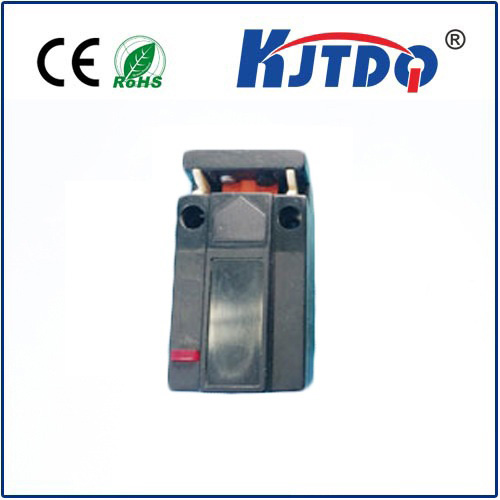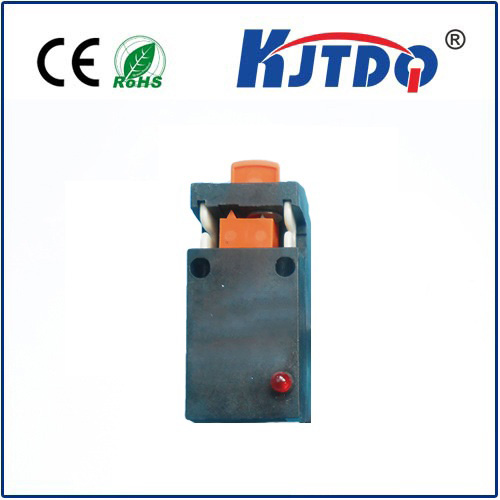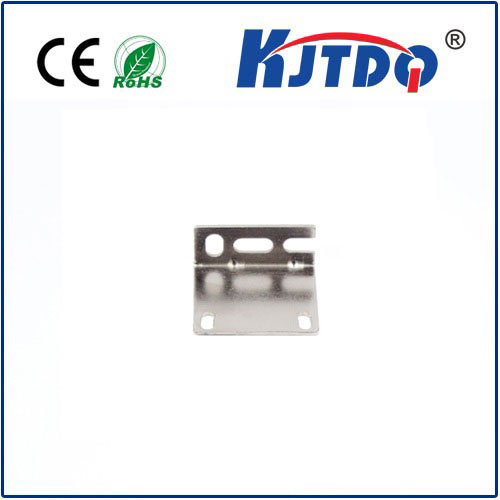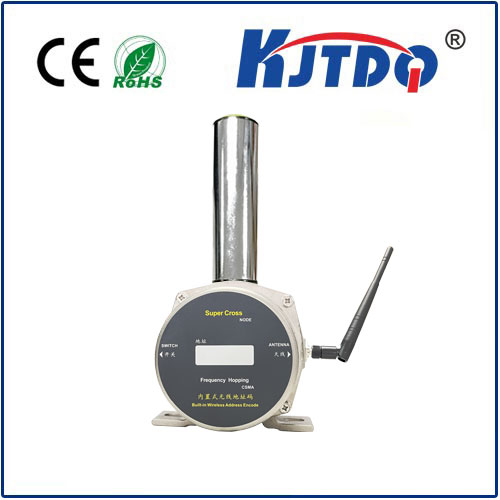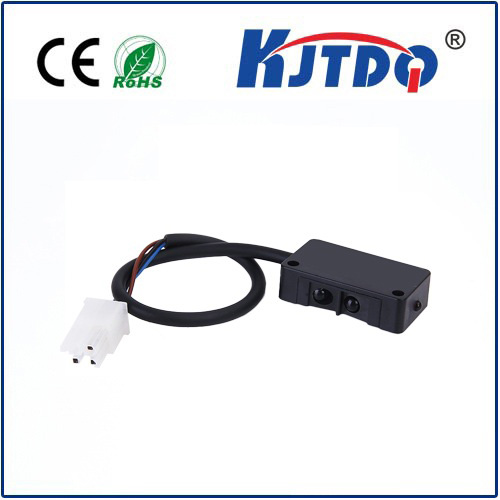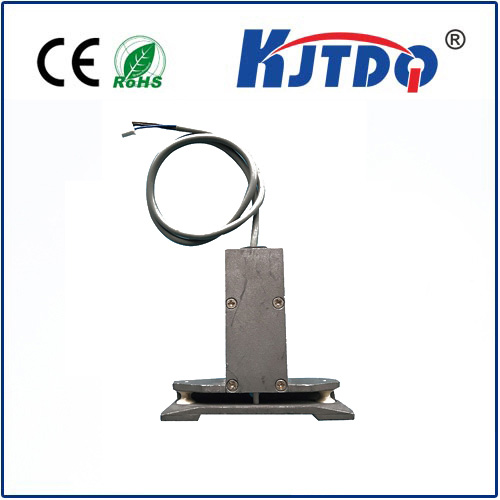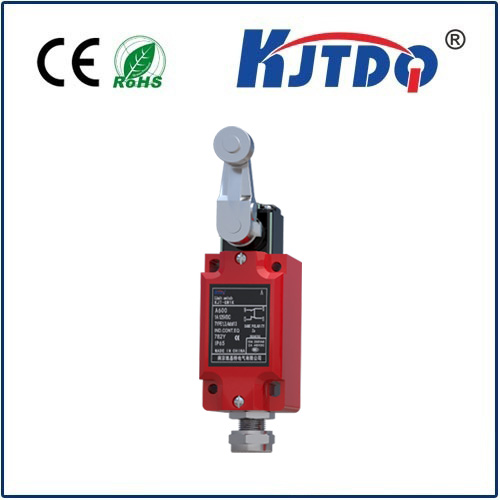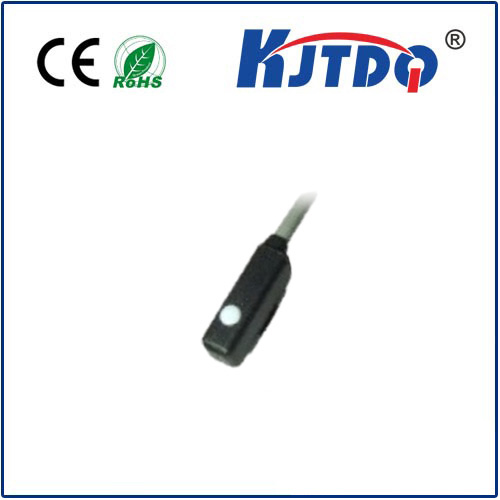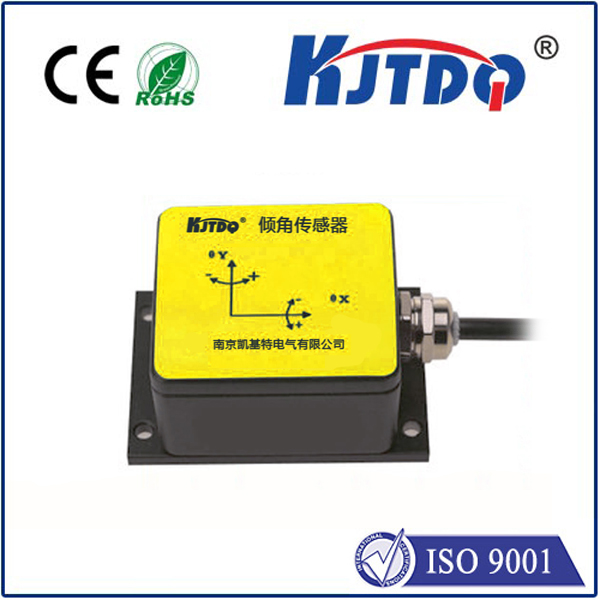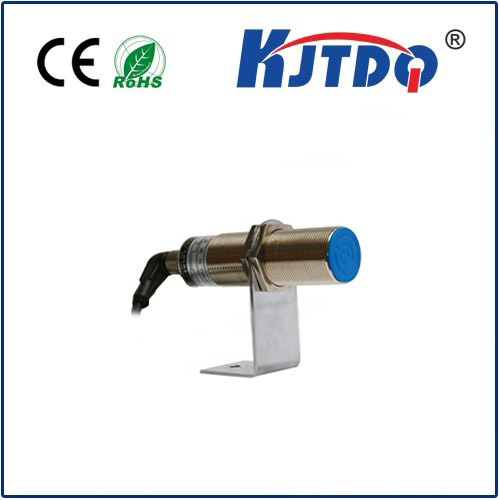
check

check

check

check
Title: Understanding the Inductive Proximity Switch Sensor and Its Applications The world of automation and sensing has evolved dramatically, with advancements in technology allowing for more efficient, accurate, and reliable systems. One such innovation is the “inductive proximity switch sensor,” a device that plays an indispensable role in various industrial applications. In this article, we will delve into what an inductive proximity switch sensor is, how it works, and its practical uses across different sectors.
An inductive proximity switch sensor, commonly referred to as an inductive sensor, is a type of proximity sensor that detects the presence of metallic objects without making physical contact. It operates on the principle of electromagnetic induction. Within the sensor, there is a coil of wire through which an alternating current (AC) flows, producing a magnetic field. When a metal object comes within the sensor’s range, the magnetic field induces eddy currents in the material, which in turn generate an opposing magnetic field. This change is detected by the sensor’s circuitry and results in an output signal indicating the presence or absence of the object.
The operation of an inductive proximity switch sensor can be broken down into several key steps:
Energy Transmission: An AC current is supplied to the sensor’s coil, generating a fluctuating magnetic field around the coil.

Field Interaction: As the magnetic field interacts with nearby conductive materials, it generates tiny electric currents, known as eddy currents, within the material due to Faraday’s law of electromagnetic induction.
Signal Modulation: The eddy currents create a secondary magnetic field that opposes the primary field from the sensor coil. This interaction modulates the original signal emitted by the sensor coil.
Detection and Output: The sensor’s electronic circuitry processes these changes, amplifies them, and converts them into a digital signal—typically an on/off state that indicates whether a target is present within the sensing range.
Due to their non-contact nature and reliability, inductive proximity switch sensors are widely used in industries such as automotive manufacturing, machinery control, robotics, and process control. Here are some examples of their applications:
In vehicle assembly lines, inductive sensors ensure precision in tasks like chassis alignment and engine component placement by detecting specific parts as they move along the production line.
They provide critical safety functions in machinery by monitoring door positions and guard removal, ensuring that operations cannot commence unless protective measures are in place.
Robotic arms utilize inductive sensors to perform tasks with high accuracy, such as picking and placing components precisely during electronic manufacturing processes.
In chemical plants or food processing facilities, these sensors help monitor levels of substances and control the flow of materials to maintain optimal production conditions safely and hygienically.
In conclusion, the inductive proximity switch sensor is a vital tool in modern industry due to its ability to perform reliable, contactless detection of metal objects. With its straightforward operating principles and wide range of applications, it has become an essential component in many自动化 systems worldwide. Whether improving efficiency on production lines or enhancing safety in hazardous environments, the role of the inductive proximity switch sensor is not to be underestimated.
